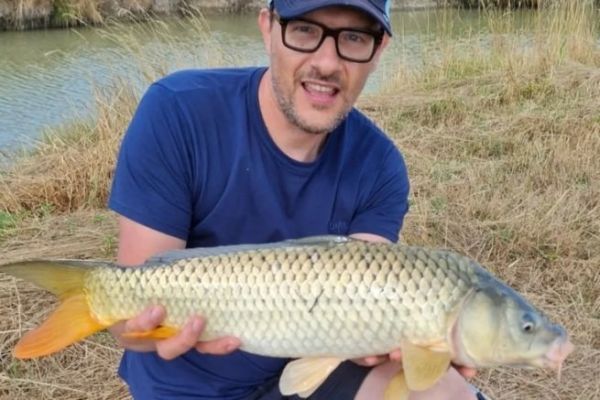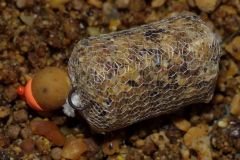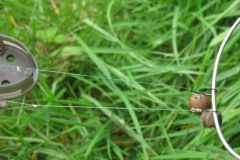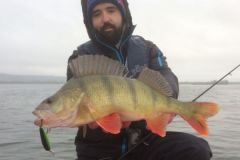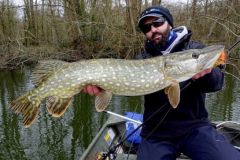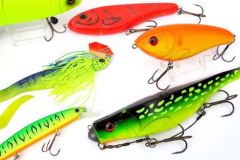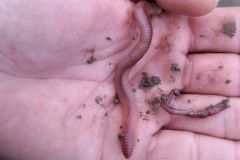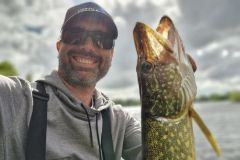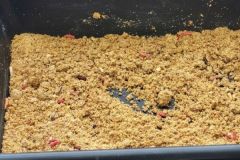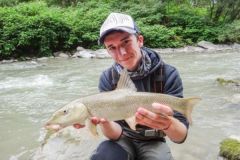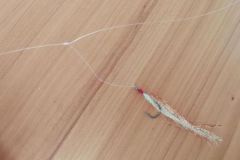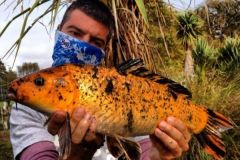A few historical notions
Corn is not a cereal native to Europe. In fact, it comes from South America, like other fruits and vegetables now grown in France (beans, tomatoes, etc.). Christopher Columbus brought back a few specimens on his return from the West Indies in 1493, but it was above all in the 16th and 17th centuries that the plant developed in northern Spain and south-western France. It was first used as animal feed, then as a main dish or dessert, for example millas in the Pyrenees or polenta in Italy. To find out more about the history of this cereal, take a look at the Muséum National d'Histoire Naturelle's excellent online article entitled history of corn domestication and diversification . The sweet corn we're interested in arrived on our tables late, in the 70s, thanks to the can invented by Nicolas Appert (1749-1841) and his famous appertization process (the beginnings of pasteurization).
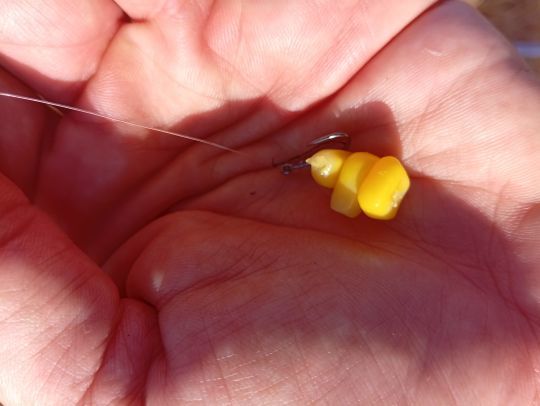
A revolution in the world of cyprinids and carp in particular?
Today, this bait is very easy to obtain. All you have to do is go to a supermarket. In fact, tins of corn are very much a part of our daily lives. Just go to any supermarket in the tin department, and you'll find them at all prices. In the end, it doesn't matter which brand you buy, the main thing is to get the cereal you're looking for. In this way, sweetcorn has become a veritable revolution in the world of whitefish fishing, particularly for carp, as wheat is no longer used. If you read the books on fishing, in general, before the tins came out in the supermarkets, cooked wheat was the most widely used. There are, however, a few exceptions.
In his book Carp, its habits, its fishing published in 1961, Raoul Renault wrote about home-cooked corn: "Cooked corn kernels are excellent, and in some rivers carp prefer them to beans [...] Choose 'horse-tooth' corn of the year; soak about three liters of it for two days in a large earthen 'stewpot' and put it over a low heat [...] add a little soda ash and boric acid, as for broad beans, and remove from the heat when the kernels have slightly popped". For Michel Duborgel, in his book entitled Spearfishing published in 1970, there are two types of corn: green and cooked. Green corn is a "bait" generally used in southern regions. Cooked corn is reserved for carp fishing with floats or longlines.
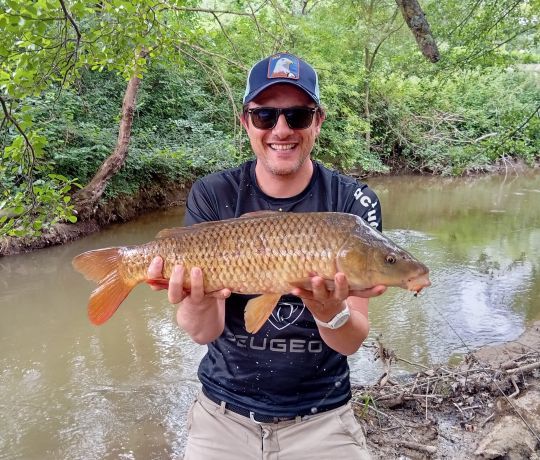
Fishing action
The particularity of sweet corn is that it is sweet and low in starch. Carp are fond of this type of bait and won't resist eating it, although they may need to be accustomed to it. Two possibilities: bait a few days in advance or bait the same day, around the float or the bottom line.
What's special about fishing small rivers is that you don't need to bait far, and you don't necessarily need to own tools like bait boats or spomb. As for equipment, there's no need to invest. An English rod and reel with 25/100 nylon will do just fine. As for the line, it consisted of a leader fitted with a hook equipped with a hair. At the water's edge, target calmer spots where you'll be able to make out strings of bubbles caused by carp digging through the mud.
The second option is to fish with a 10-foot carp rod fitted with a disengageable reel and a bite detector. In both cases, stalking is the fishing of choice. Looking for the best spots and trying to catch nice fish in rather crowded environments is the objective. Of course, you shouldn't expect huge fish, but very powerful carp accustomed to huge rushes thanks to their fins that have had the opportunity to cope with very high floods.

 /
/ 